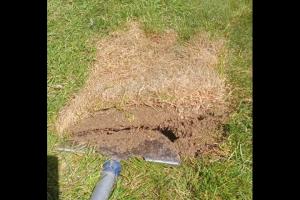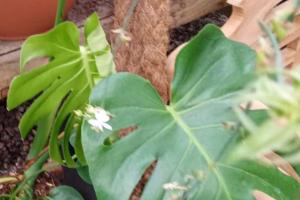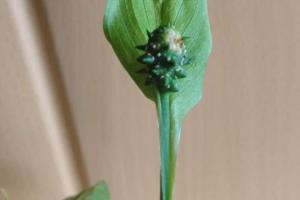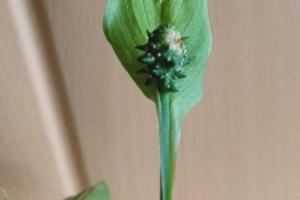What does delta mean?
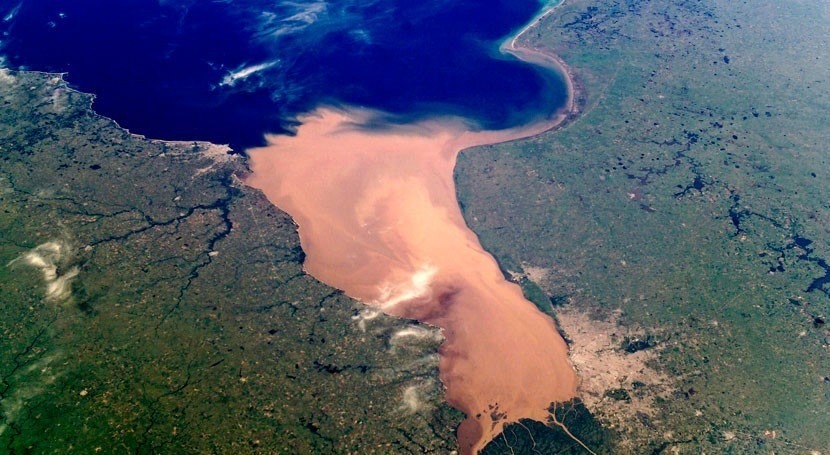
Deltas are some of the most productive and economically significant ecosystems in the world, but also some of the most threatened by human activity.
1 . Definition of a delta
A delta is a convex shaped landform that forms at the mouth of a river as it flows into a lake or the sea, by the deposition of sediment carried by the river flow. Deltas are formed by several channels formed by the sediment carried by the river.
Together with estuaries, they are the two major landforms formed as rivers debouch into seas, oceans, lakes, or larger rivers.
2 . Morphology of a delta
Deltas have a fan shape, with a convex side towards the sea.
Delta plain (topset): It is the part that is above water, divided into the upper delta (where fluvial processes take place) and lower delta (influenced by tides). Delta front (foreset): It is the outer limit of the part above water. Prodelta (bottomset): The part found under the water.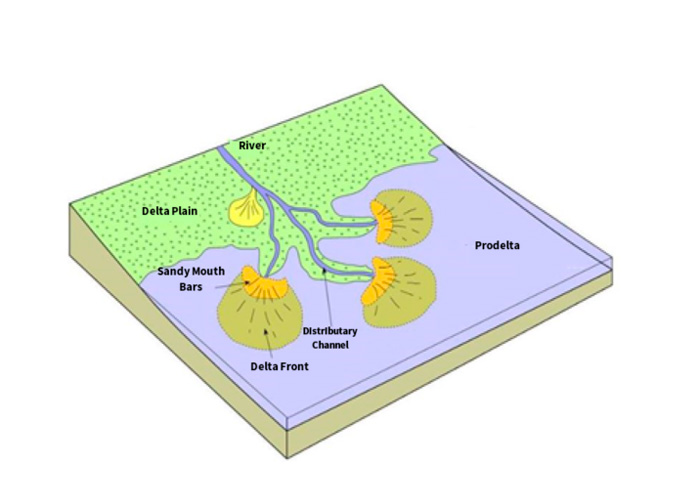
Diagram of a delta's morphology. Source: Restore the Mississippi River Delta
3 . How are deltas formed?
Deltas are formed in three different ways, based on the river's discharge, the characteristics of the basin, and the solid load:
River-dominated deltas: fluvial processes outweigh the influence of waves and/or tides. The water course divides into many channels as it debouches into the ocean, and sediment is deposited along those channels, such as in the Mississippi delta. They are known as "birdfoot deltas".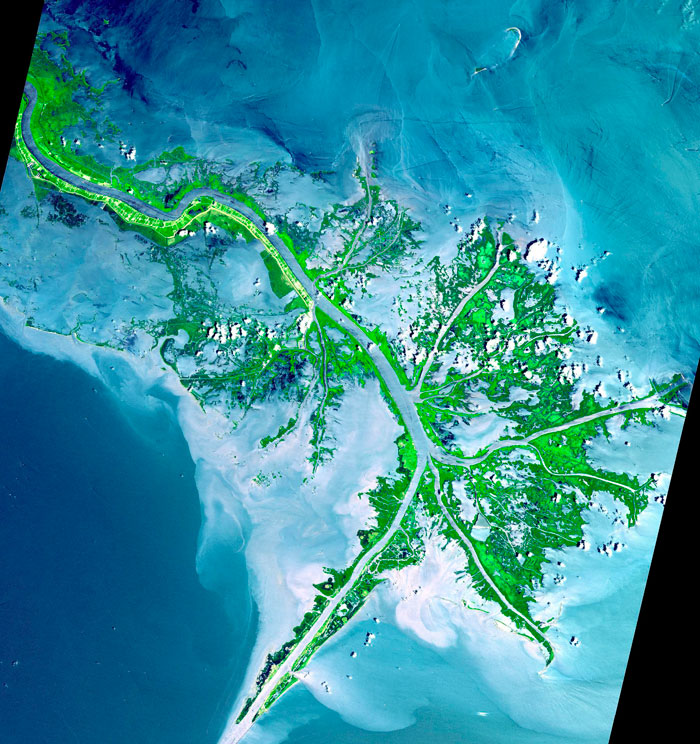
Mississippi delta (Source: NASA)
Wave-dominated deltas: they form in micro-tidal coastal regions where the coastal shelf has a steeper gradient than in the previous case. The energy from the waves redistributes sediment forming a triangle-shaped delta. The deltas of the Rhone, Ebro and Nile river, in the Mediterranean Sea, as well as the Danube delta, in the Black Sea, are some examples.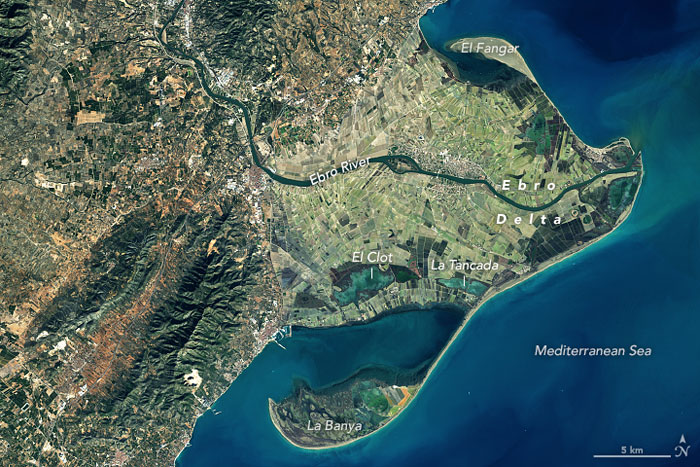
Ebro delta (Source: NASA)
Tide-dominated delta: tidal action is important; river sediments are carried seaward at low tide. As a result the river mouth appears clear of sediment (estuary), but sediments are deposited as underwater longitudinal bars at the river's mouth. The deltas of the Mekong and Ganges-Brahmaputra river systems are examples of this type of delta.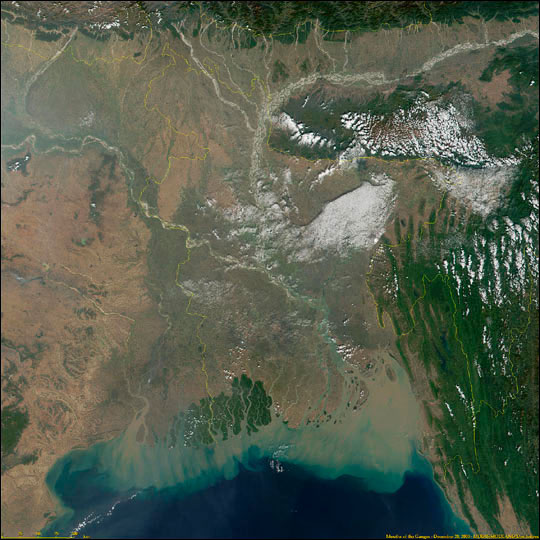
Ganges-Brahmaputra delta (Source: NASA)
4 . Types of deltas
Deltas may be classified based on the density of the river water and that of the receiving waters:
Homopycnal flow: when the density of the incoming flow is similar to the density of the receiving waters. The waters mix almost instantly and sedimentation is fast. Hyperpicnal flow: the density of the incoming flow is higher than the density of the receiving waters. Deposition is fast but sedimentation is slow because of turbulence. Friction forces at the bottom dominate. It is not very common. Hypopycnal flow: the density of the incoming flow is lower than the density of the receiving waters. In this case the incoming flow stays on the surface due to its lower density and the substances it carries settle on the bottom. It is the most common one.



